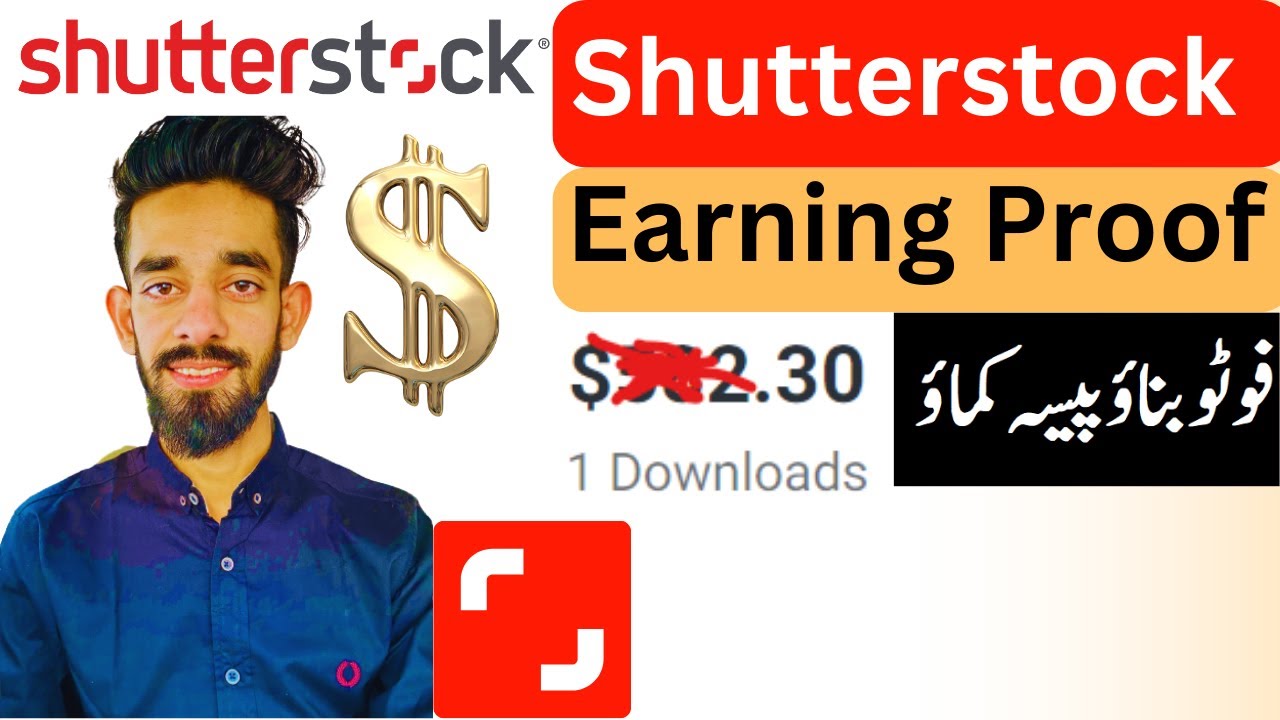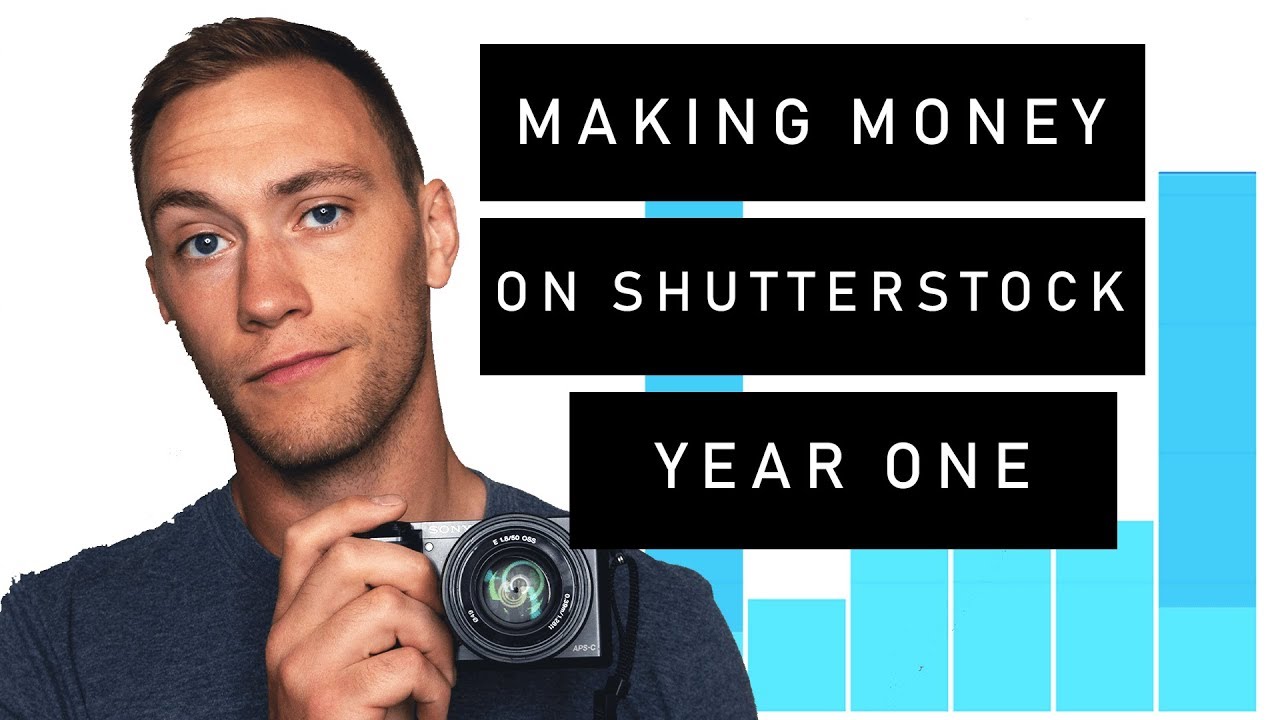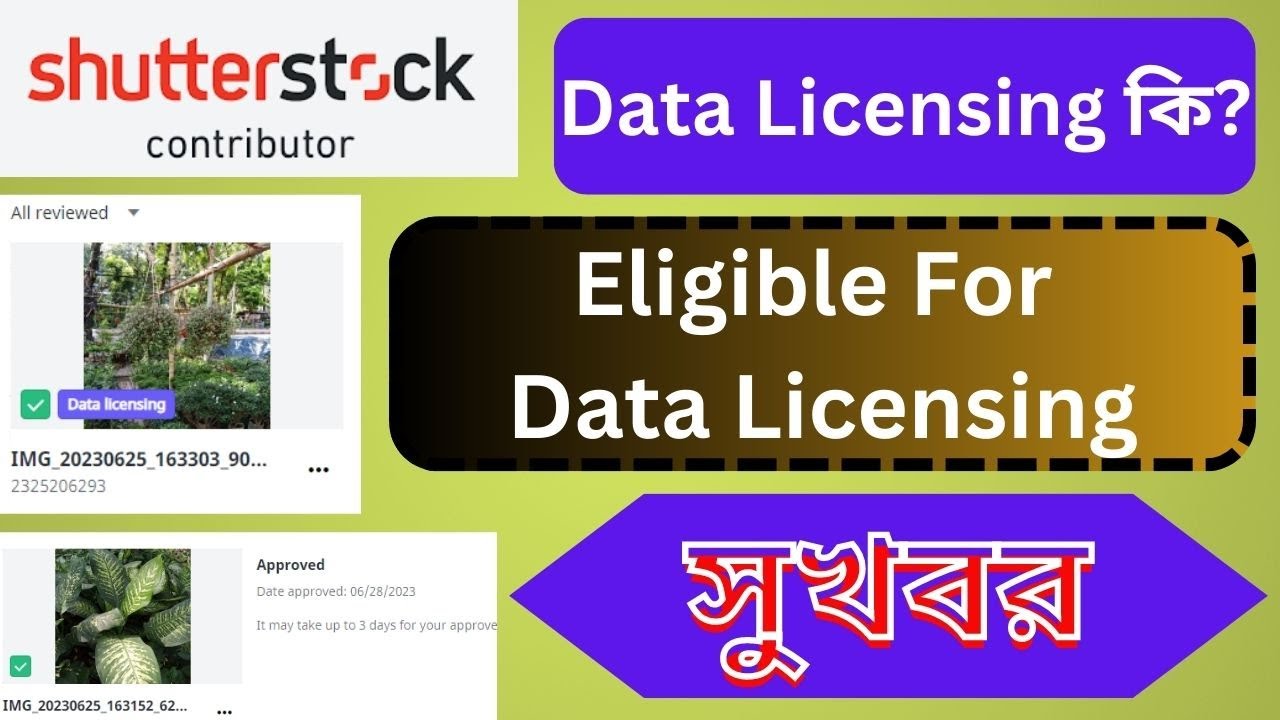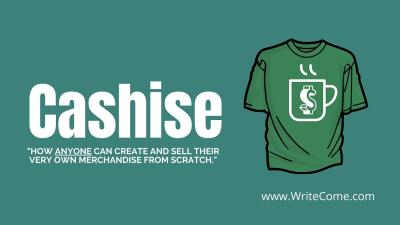Imagine turning your passion for photography or creating digital assets into a steady income stream—sounds great, right? Shutterstock offers a fantastic platform where content creators can license their images, videos, and data to millions of customers worldwide. When someone uses your licensed content, you earn a fee, which can add up over time. But how exactly does this licensing process work, and what determines how much you get paid? In this post, we’ll break down the essentials of Shutterstock data licensing and explore the key factors that influence your earnings. Whether you’re just starting out or looking to optimize your income, understanding the ins and outs of licensing payments is crucial.
Factors Influencing Shutterstock Licensing Payments

When it comes to earning money through Shutterstock, several factors come into play that can significantly impact your licensing payments. Let’s dive into the main ones:
1. Type of License
Shutterstock offers different licensing options, mainly Standard and Extended licenses. The Standard license is suitable for most uses—websites, presentations, social media—while the Extended license allows for broader use, such as print runs over a certain quantity or merchandise. Naturally, Extended licenses come with higher fees, meaning you earn more per download if your content is licensed this way.
2. Content Type and Quality
The kind of content you upload matters a lot. High-quality, unique, and in-demand images or data tend to fetch higher licensing fees. For example, professional photographs, exclusive illustrations, or data sets relevant to trending topics can command premium prices. Consistently uploading top-notch content will also increase your chances of earning more over time.
3. Popularity and Demand
Some images or data sets become more popular because they’re relevant to current trends or niche markets. If your content matches what buyers are searching for—say, a trending social issue, a new technology, or a popular aesthetic—you’re more likely to see higher licensing sales, which boosts your earnings.
4. Customer Type and Usage
Who is licensing your content? Companies, marketers, bloggers, or individual creators might have different budgets. Business clients often pay higher fees, especially if they’re using your data for commercial purposes. The intended use—personal, commercial, or editorial—also influences the licensing price.
5. Geographic Location
Although Shutterstock operates globally, licensing fees can vary based on the buyer’s location and market. Certain regions may have higher purchasing power, leading to increased earnings for content creators from those areas.
6. Contributor Status and Portfolio
As a contributor, building a diverse and comprehensive portfolio can lead to more licensing opportunities. Shutterstock also rewards consistent uploaders and top contributors with better visibility, which can translate into higher licensing payments over time.
7. Royalties and Payment Structures
Finally, understanding Shutterstock’s royalty structure is key. Payments are typically based on a percentage of the license fee, influenced by your contributor level and the type of license sold. Keeping track of your sales and understanding payout thresholds will help you maximize your earnings.
In summary, your licensing payments on Shutterstock are shaped by a mix of content quality, demand, license type, and customer usage. By focusing on creating high-quality, relevant content and understanding how licensing works, you can increase your chances of earning more from your digital assets.
How Shutterstock Pays Contributors for Data Licensing

So, you’re curious about how Shutterstock actually pays contributors for data licensing? Great question! Let me break it down for you in a simple way. When someone downloads or licenses your data—whether it’s a set of images, videos, or other digital assets—Shutterstock earns revenue from that transaction. From this revenue, a portion is shared with you as the contributor.
Here’s the general process:
- License Purchase: A customer selects your data and decides to license it for their use. They might be creating a marketing campaign, designing a website, or working on a project that needs high-quality assets.
- Revenue Generation: The license purchase generates income for Shutterstock. The total amount paid by the customer varies based on factors like the type of license, data size, and usage terms.
- Revenue Sharing: Shutterstock then takes a percentage of that income as their commission. The remaining part is paid out to you, the contributor.
How much you get paid per license depends on your contributor level and the type of license purchased. Shutterstock offers different licensing options, mainly Standard and Enhanced licenses, each with different payout rates.
It’s also important to note that Shutterstock calculates earnings based on the number of downloads or licenses sold, not just views or impressions. So, the more your data is licensed, the more you earn.
Payments are typically made on a monthly basis, provided you’ve reached the minimum payout threshold, which is usually around $35. Payments can be processed through various methods such as PayPal, Skrill, or bank transfer, depending on your location.
In summary, Shutterstock’s payment system is designed to fairly share revenue with contributors, rewarding those whose data is in high demand. Understanding this process helps you strategize on the types of data you upload and how to maximize your earnings.
Average Earnings from Data Licensing on Shutterstock

Now, let’s talk about what you can realistically expect to earn from licensing your data on Shutterstock. Keep in mind, earnings can vary widely depending on several factors like the quality of your data, how niche your content is, and how often it gets licensed.
On average, contributors report earning anywhere from a few dollars to hundreds of dollars per month from data licensing. To give you a clearer picture:
| Contributor Level | Typical Monthly Earnings | Notes |
|---|---|---|
| New Contributor | $0 – $50 | Initially, earnings tend to be lower as you build your portfolio and increase visibility. |
| Active Contributor | $50 – $200 | With consistent uploads and popular data, earnings can grow steadily. |
| Top Contributor | $200 and above | Top earners often have highly sought-after data that is frequently licensed. |
It’s worth noting that some contributors have reported earning over $1,000 a month by licensing high-demand, niche, or exclusive data. However, this level of income usually requires a significant amount of quality data, strategic uploading, and sometimes, a bit of luck.
Remember, earnings are cumulative and depend on how many licenses your data secures over time. Patience and consistency are key. Over time, as you build a larger, more diverse portfolio, your earning potential increases.
In conclusion, while not everyone becomes a millionaire overnight, consistent effort and uploading high-quality, in-demand data can turn Shutterstock licensing into a reliable source of income. Keep learning, experimenting, and refining your submissions—you might be surprised by how much you can earn!
Tips to Maximize Your Earnings with Shutterstock Data Licensing
So, you’re interested in boosting your earnings through Shutterstock data licensing? That’s a smart move! While licensing can be a lucrative side of your creative efforts, there are some practical tips to help you get the most out of your work. Let’s walk through some strategies that can elevate your earning potential.
Understand What Sells
First things first—know your audience and what kind of data is in high demand. Shutterstock users often look for high-quality images, vectors, and videos that are relevant and timely. Keep an eye on trending topics, seasonal themes, and industry-specific needs. For example, health-related images, remote work setups, or eco-friendly products tend to perform well.
Create High-Quality, Versatile Content
Quality is king. Make sure your submissions are sharp, well-lit, and professionally composed. Also, versatility matters—think about creating images that can be used in multiple contexts. Simple, clean designs or neutral backgrounds allow buyers to customize your work without hassle.
Optimize Your Metadata
Details matter! Use descriptive, accurate titles, tags, and descriptions. Include relevant keywords that potential buyers might search for. The better your metadata, the higher your images will appear in search results, increasing the chances of licensing.
Stay Consistent and Upload Regularly
Building a portfolio is a marathon, not a sprint. Consistently uploading new content keeps your profile active and increases visibility. The more quality assets you have, the higher your chances of earning from multiple licenses.
Engage with the Shutterstock Community
Participate in forums, follow industry trends, and learn from other contributors. Sometimes, insider tips or feedback from the community can provide invaluable insights into what’s working and what’s not.
Leverage Licensing Options
Shutterstock offers various licensing options, including standard and enhanced licenses. Understanding these options can help you set appropriate prices and maximize your earnings per download.
Promote Your Portfolio
Share your work on social media, your website, or blogs to attract more buyers. The more exposure your content gets, the higher the likelihood of licensing opportunities.
Monitor Your Performance
Use Shutterstock’s analytics tools to track which images perform best. Focus on creating more content aligned with what sells well, and refine your approach over time.
Conclusion and Final Thoughts on Shutterstock Licensing Revenue
Getting into Shutterstock data licensing can be a rewarding way to earn passive income, especially if you approach it with strategy and consistency. Remember, success doesn’t happen overnight; it’s about building a diverse, high-quality portfolio and staying engaged with industry trends. By understanding how licensing payments work and applying smart tips to maximize your earnings, you set yourself up for long-term success.
Keep creating, keep learning, and don’t be afraid to experiment with different types of content. Over time, your efforts can turn into a steady stream of income that complements your creative passions. Happy licensing!


